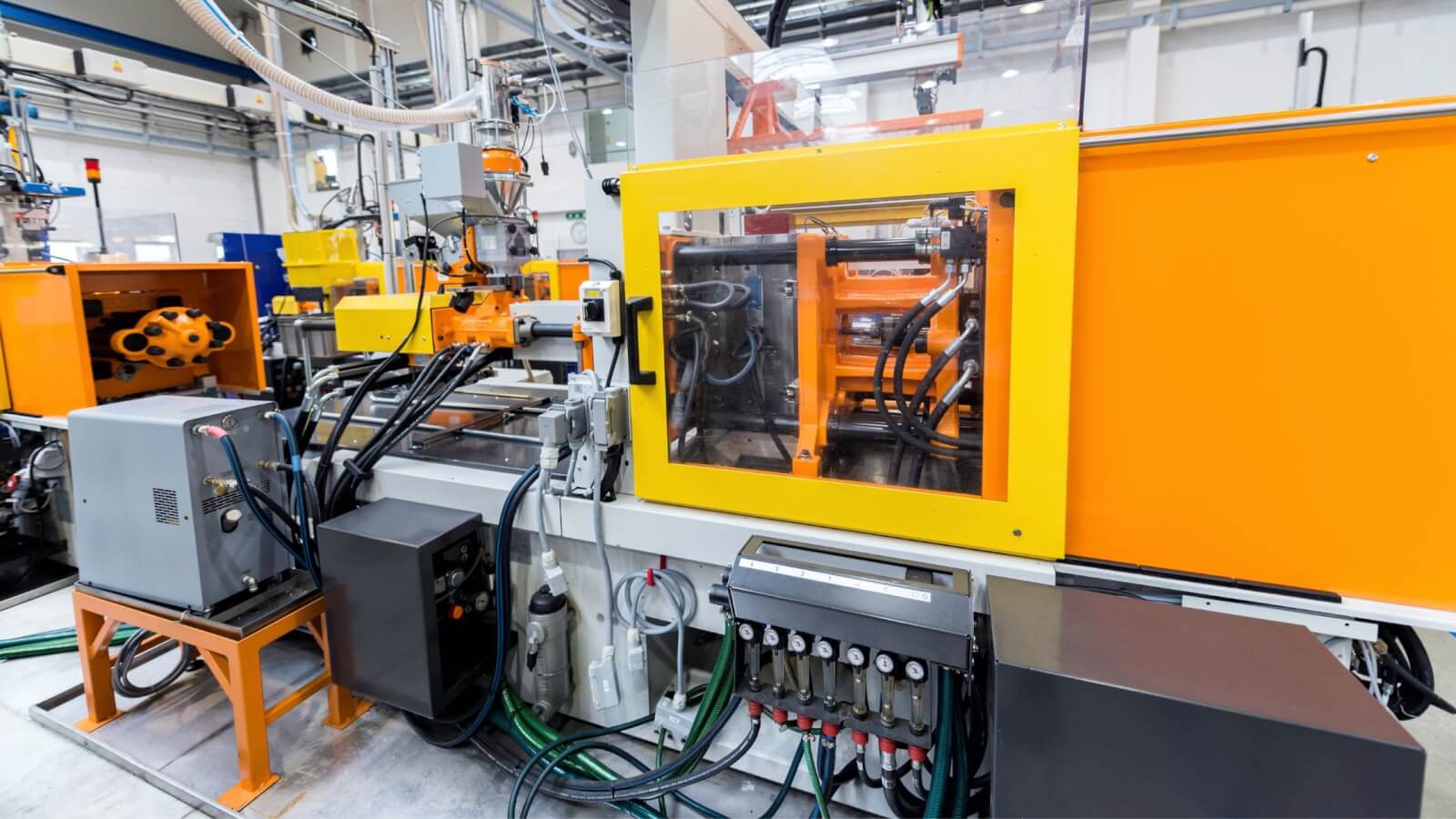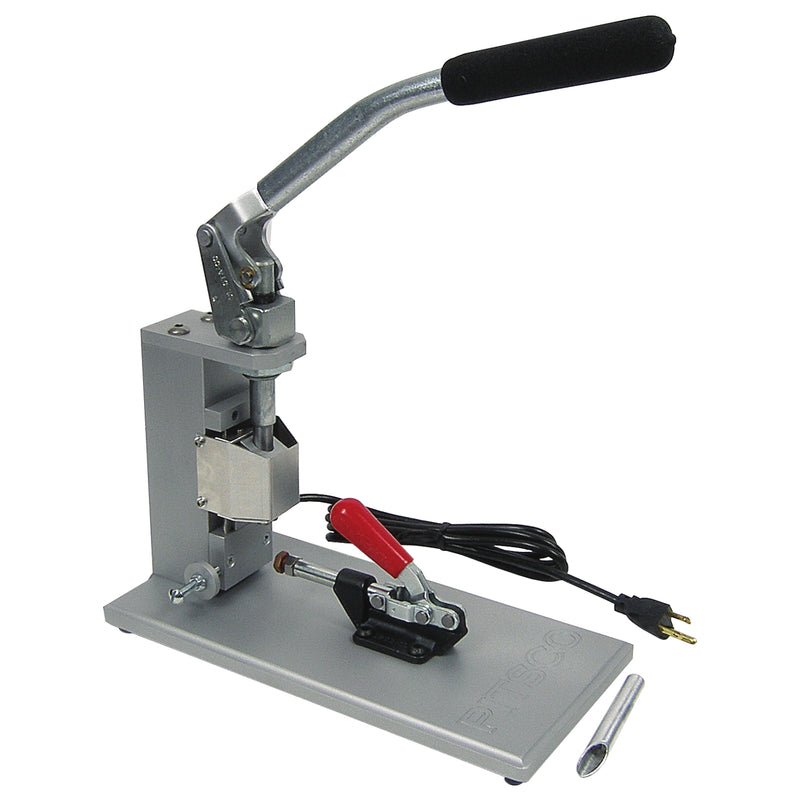Recognizing the Plastic Injection Molding Refine for High-Quality Production
Recognizing the Plastic Injection Molding Refine for High-Quality Production
Blog Article
Understanding the Basics of Plastic Shot Molding Processes
Plastic shot molding serves as a cornerstone of modern-day manufacturing, offering a systematic approach to generating complicated elements with precision. Discovering these essential aspects might disclose exactly how even small adjustments can lead to significant enhancements in manufacturing end results, increasing questions concerning the possibility for technology in this well-known process.
What Is Plastic Injection Molding?
Plastic injection molding is an extensively utilized manufacturing procedure that transforms polycarbonate and thermosetting materials right into accurate and complicated forms. This strategy is preferred for its capability to produce high volumes of similar parts with outstanding precision, making it an important technique in different sectors, consisting of auto, durable goods, and clinical devices.
The procedure includes melting the selected plastic material and injecting it right into a mold and mildew under high stress. The mold and mildew, created to the specs of the wanted component, permits the molten plastic to materialize as it cools and solidifies. Once the material has actually hardened, the mold is opened, and the finished component is expelled.
Plastic injection molding offers numerous advantages, consisting of reduced waste, uniformity in manufacturing, and the capability to include detailed designs that may be challenging with various other making approaches. In addition, it supports a wide variety of materials, each offering one-of-a-kind buildings that can be customized for specific applications. As industries remain to introduce, plastic injection molding remains at the forefront, enabling the growth of advanced products that meet evolving customer needs.
The Shot Molding Process
The injection molding procedure is an innovative technique that includes several essential stages to produce premium plastic components. Originally, plastic pellets are fed right into a warmed barrel where they are merged a thick fluid. This molten plastic is then injected under high stress into a precision-engineered mold, which shapes the material right into the preferred kind.
As soon as the mold and mildew is filled, the plastic is permitted to solidify and cool, taking the form of the mold and mildew dental caries. Cooling time is important, as it impacts the cycle time and the last homes of the molded component. After enough air conditioning, the mold opens up, and the finished part is expelled using ejector pins.

Products Used in Injection Molding
Various materials can be utilized in the injection molding process, each offering distinct residential properties that accommodate certain applications. The most typically utilized products consist of thermoplastics, thermosetting plastics, and elastomers.

Thermosetting plastics, like epoxy and phenolic resins, undertake a chemical change throughout the healing process, causing a rigid, inflexible framework. These materials are perfect for applications calling for high heat resistance and structural honesty, commonly used in auto components and electrical insulators.
Elastomers, including silicone and rubber-based products, give flexibility and strength. Their one-of-a-kind properties make them suitable for applications that demand flexibility, such as gaskets and seals.
In addition, specialized products like bio-based plastics and compounds are gaining grip for their ecological benefits and improved performance attributes, widening the scope of shot molding applications in various industries. Recognizing the residential or commercial properties of these materials is vital for choosing the ideal kind for details tasks.
Benefits of Shot Molding
Injection molding attracts attention as an extremely effective production process that provides various advantages for creating complex parts with accuracy. One of the most significant benefits is the capacity to create elaborate designs that would you could try here certainly be impossible or tough to attain with various other approaches (Plastic Injection Molding). The procedure enables limited resistances and thorough functions, guaranteeing top notch elements
Additionally, shot molding is known for its rapid manufacturing abilities, making it a perfect selection for high-volume production. Once the mold and mildew is produced, components can be created rapidly, lowering preparations and increasing general productivity. This performance not only decreases production expenses however also provides an one-upmanship out there.
The flexibility of products used in shot molding further boosts its allure. A vast variety of thermoplastics and thermosetting polymers can be used, allowing suppliers to choose materials that finest fulfill their details needs, including warmth, flexibility, and stamina resistance.
Moreover, the procedure decreases waste, as excess material can frequently be recycled and recycled. This sustainability facet adds to a decreased ecological effect, making injection molding a responsible manufacturing option. Generally, the advantages of injection molding make it a favored technique for lots of sectors.
Variables Impacting Item Top Quality
While various aspects can affect item quality in shot molding, recognizing these elements is essential for accomplishing ideal outcomes. Trick facets consist of material choice, refining specifications, and mold design.
Material choice plays an important function, as various polymers exhibit unique buildings that influence flowability, toughness, and thermal security. Insufficient product choice can bring about defects such as bending or insufficient filling.
Processing criteria, including stress, cycle, and temperature time, need to be diligently regulated. Variations in these settings can cause variances partly dimensions and surface coating. For example, excessively heats may cause destruction of the polymer, while poor pressure can result in brief shots.
Mold design is just as crucial, as it determines the circulation of the molten plastic and the cooling process. Poorly designed molds might lead to irregular cooling rates, resulting in recurring anxieties and dimensional inaccuracies.

Final Thought
Finally, plastic injection molding serves as a critical manufacturing process that enables the efficient manufacturing of high-quality parts. Proficiency of the shot molding process, including the understanding of materials and the impact of numerous aspects on item top quality, is necessary for achieving optimal results. The advantages of this method, such as cost-effectiveness and design adaptability, additional highlight its importance across numerous markets, strengthening its standing as a preferred option for high-volume production.
Plastic shot molding serves as a foundation of modern production, offering a systematic technique to producing intricate components with precision.Plastic shot molding uses a number of benefits, hop over to these guys consisting of lowered waste, uniformity in production, and the capacity to include elaborate layouts that may be testing with other making techniques (Plastic Injection Molding). As sectors proceed to introduce, plastic injection molding continues to be at the forefront, making it possible for the development of innovative products that fulfill evolving consumer needs
The injection molding procedure is a sophisticated strategy that involves several essential phases to produce high-quality plastic parts.In conclusion, plastic shot molding offers as a vital manufacturing procedure that makes it possible for the efficient manufacturing of top notch elements.
Report this page